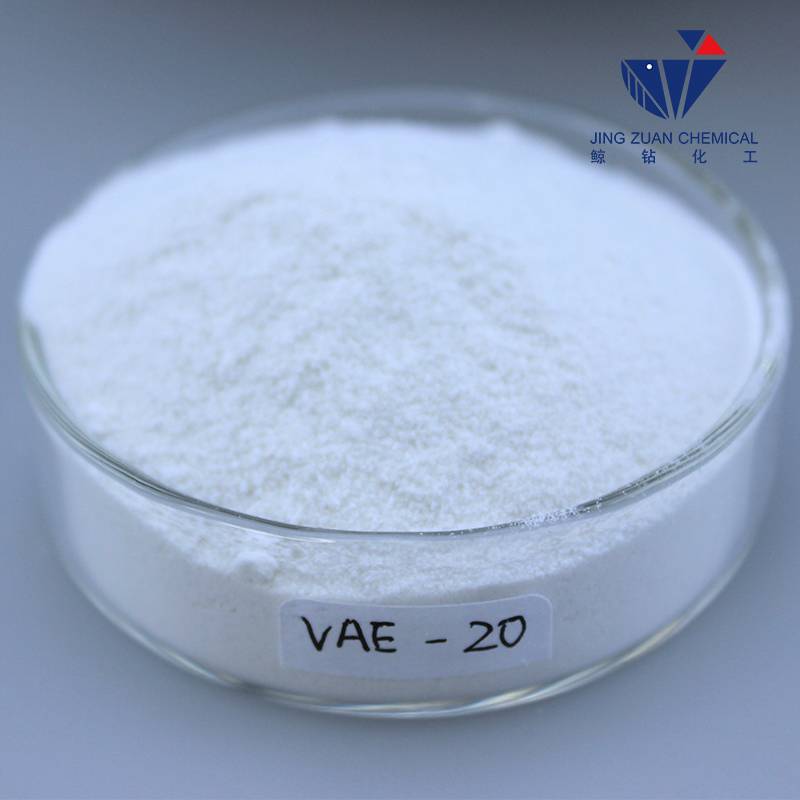
Αυγ . 16, 2024 10:50 Back to list
Analyzing HPMC Dispersion Techniques for Enhanced Performance in Various Applications
Understanding HPMC Dispersion An Overview
Hydroxypropyl Methylcellulose (HPMC) has emerged as a vital polymer in various applications, especially in the fields of pharmaceuticals, construction, food, and personal care products. One of the critical aspects of HPMC is its ability to disperse effectively in different formulations, leading to enhanced performance and versatility as a thickening agent, emulsifier, or film former.
HPMC is a semi-synthetic derivative of cellulose, made by the modification of cellulose through the introduction of hydroxypropyl and methoxy groups. This modification not only enhances the solubility of cellulose in water but also improves its functionality across various applications. The unique structure of HPMC allows it to form stable dispersions, which can be tailored to meet specific requirements.
Understanding HPMC Dispersion An Overview
In the construction industry, HPMC is employed in cementitious products and tile adhesives. When mixed with water, HPMC creates a gel-like dispersion that enhances the workability and adhesion properties of mortars and plasters. The use of HPMC in this context provides better water retention, which is vital for promoting the curing of the cement, thus ensuring the durability of the structure. Moreover, HPMC dispersions help in improving the flow and reduction of air bubbles, resulting in smoother finishes and enhanced mechanical strength.
hpmc dispersion

The versatility of HPMC extends to the food industry, where it is utilized as a thickening and stabilizing agent in various products, including sauces, dressings, and ice creams. HPMC helps in creating a stable emulsion, preventing separation of ingredients, and improving texture. Its ability to disperse evenly throughout the product ensures a consistent quality that consumers expect. Additionally, HPMC is often favored in gluten-free baking as a substitute for gluten, providing the necessary structure and texture to products without compromising on mouthfeel.
In personal care, HPMC is used in formulations such as shampoos, conditioners, and skin care products. Its thickening ability allows formulators to create products with desirable viscosities while maintaining a smooth application. Furthermore, HPMC dispersions in personal care products can enhance the sensory experience for the user, making the product feel luxurious and hydrating.
The stability of HPMC dispersions is influenced by several factors, including concentration, temperature, and pH of the solution. Understanding these parameters is essential for formulators to optimize their products’ performance. For instance, higher concentrations of HPMC can lead to increased viscosity, while extreme pH levels can destabilize the dispersion, affecting its efficacy.
In conclusion, HPMC dispersion is a fundamental aspect that underscores its utility across various industries. From pharmaceuticals to construction, food, and personal care, the ability of HPMC to form stable and effective dispersions allows for enhanced product performance, consistency, and consumer satisfaction. As research continues to explore and innovate with HPMC applications, its significance in modern formulations is set to grow, making it an indispensable ingredient in many formulations.
-
Versatile Hpmc Uses in Different Industries
NewsJun.19,2025
-
Redispersible Powder's Role in Enhancing Durability of Construction Products
NewsJun.19,2025
-
Hydroxyethyl Cellulose Applications Driving Green Industrial Processes
NewsJun.19,2025
-
Exploring Different Redispersible Polymer Powder
NewsJun.19,2025
-
Choosing the Right Mortar Bonding Agent
NewsJun.19,2025
-
Applications and Significance of China Hpmc in Modern Industries
NewsJun.19,2025







